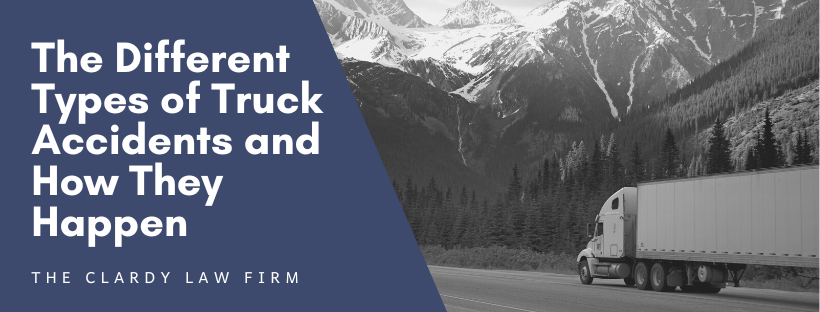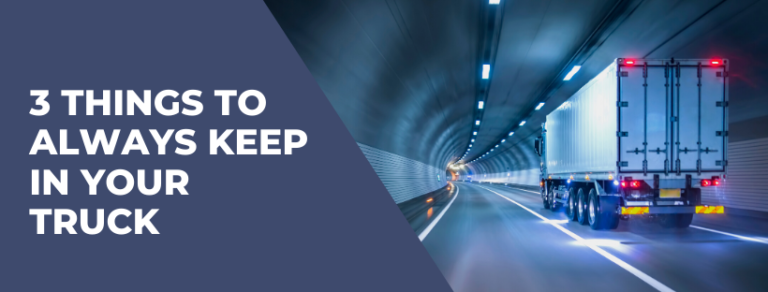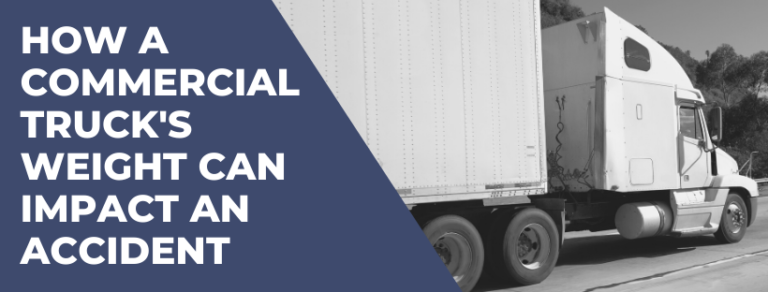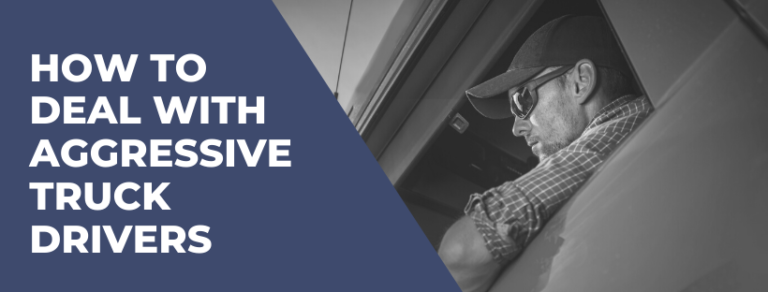Out of all commercial motor vehicles involved in traffic collisions in South Carolina, 83.3% are transport vehicles. In 2020, 6,474 vehicles used for transporting property were involved in accidents, with an additional 4,697 commercial trucks used for construction or maintenance involved in crashes.
While the numbers certainly aren’t as significant as the 110 thousand automobiles in traffic collisions each year, truck accidents are much more dangerous and perhaps the most devastating type of auto crash that can happen.
There are multiple types of truck accidents too, from jackknife and head-on collisions to rear-end and rollover accidents. We look at the most common types of truck accidents, what causes them, and what you should do if you’re ever involved in one.
What Types of Truck Accidents Are There?
Jackknife Accidents
Jackknife accidents occur when a truck’s trailer swings out from behind the cab — where the driver sits.
This creates a 90-degree angle similar to a jackknife, with the truck being the handle and the swinging trailer the blade.
This type of truck accident is commonly caused by driver error, such as sudden braking or driving too fast around a tight turn. If you’re familiar with oversteer or drifting — where the rear tires give out, causing the vehicle to turn in at an angle — the premise is similar. However, because the trailer is separate from the cab, the trailer can slide into oncoming traffic, hit vehicles on the side of the road, or cause vehicles to swerve and crash.
Jackknife accidents also happen due to a hitch failure. A hitch is a device that attaches to the truck cab. It features a locking mechanism that secures the trailer’s pin, allowing a trucker to transport heavy loads. Unfortunately, excessive loads or wear and tear can cause the hitch to deteriorate and break. When this happens, the trailer may entirely come apart from the truck cab, but it can also cause jackknifing.
Head-On Collisions
Head-on collisions are another common type of truck accident. These happen when two vehicles collide head-on, often at high speed. Head-on collisions between two standard-sized vehicles can cause severe, life-altering injuries, so when one of the vehicles involved is a commercial truck, the accident can be fatal.
No driver would intentionally drive head-first into another vehicle, so how do these accidents happen?
Head-on accidents usually occur because one vehicle is traveling in a straight line, and a second vehicle turns a corner or swerves to avoid another hazard and heads directly into the first vehicle.
The most common contributing factor to this type of truck accident is driver error, such as speeding, distracted driving, driving while fatigued, or driving under the influence. These all influence an accident in different ways.
Commercial trucks like semi-trucks can weigh as much as 80,000 pounds. Because they’re so heavy, it takes longer for trucks to come to a complete stop under braking. Even if a truck is traveling at 65 miles per hour — within South Carolina speeding limits on multilane divided primary highways and interstate highways — it takes 525 feet (that’s around the length of two football fields) to stop. This means it’s hard enough for truckers to react to another vehicle in time when driving at legal speed limits. If a trucker is speeding, not only is the chance of a collision more likely, but the impact of the crash can be even more severe due to the high speed and weight of the truck.
Likewise, if a driver isn’t paying attention to the road or is tired, by the time they see an oncoming vehicle, it’s already too late to take evasive action. Driving while fatigued is one of the most common causes of truck accidents because truckers work long days and may be under pressure from their employer to push through fatigue to make more deliveries.
Finally, drunk driving or driving under the influence of drugs affects reaction times. While a head-on accident may be unavoidable due to the time it takes a truck to stop, a sober driver may be able to at least slam the brakes to reduce the impact — but an intoxicated driver likely won’t.
Rollover Accidents
We know that when a truck turns sharply around a corner, it can lead to jackknifing, but another common result is a rollover accident — or a truck turning on its side. Trucks are more vulnerable to rollovers because of their higher center of gravity. Turning a sharp corner, hitting a hazard, a hitch malfunction from improperly loaded cargo, or even simply driving too fast are all it takes to throw off a truck’s balance and cause it to flip.
Another common cause is a tire blowout. In a causation study, the Federal Motor Carrier Safety Administration found that tire blowouts were the most common cause of truck rollovers in 18-wheelers. A tire blowout can happen due to a manufacturing defect or through poor maintenance, such as if the truck driver or trucking company fails to check the tire pressure or if a mechanic diagnoses the problem but doesn’t fix it.
This type of truck accident can cause significant damage too. Not only is it dangerous for the truck driver, who might sustain a traumatic brain injury or broken bones from being thrown around the cab as the truck rolls, but the truck itself may slide into oncoming traffic.
Rear-End Collisions
You might think that rear-end collisions aren’t as dangerous as some of the other types of truck accidents listed in this post. In a fender bender between two small cars, you might be a bit shaken and have to take care of some property damage, but it’s a whole different scenario when one of the vehicles involved is a commercial truck.
Rear-end truck collisions can cause severe injuries even at low speeds because of the difference in weight and size compared to a standard vehicle. Add in other contributing factors, such as a truck driver speeding to reach their destination or a slow-moving car drifting into the truck driver’s blind spot, and it can be even more disastrous.
Side-Impact Accidents
The final most common type of truck accident is a side-impact or T-bone collision. As the name indicates, these accidents occur when one vehicle hits the side of another. They often happen at intersections where one vehicle has right of way and continues driving, only for another driver to also proceed, causing the crash. They’re also common when a driver runs a red light.
This accident is dangerous enough between smaller vehicles, which offer little protection, but in T-bone accidents where a truck crashes into a car, van, or motorcycle, the impact can be fatal. When these accidents aren’t fatal, they often cause internal bleeding and traumatic brain or spinal injuries.
What All Types of Truck Accidents Have in Common
There may be different types of truck accidents, each unique in how they happen, but they all have one key thing in common:
Truck accidents are dangerous and capable of causing severe, life-changing, or fatal injuries.
Claiming Compensation after a Truck Accident
If you’re in a truck accident that wasn’t your fault, you might be entitled to compensation for your injuries, lost wages, and pain and suffering. To claim compensation, you need to file a personal injury claim against the liable person (such as the other driver) or party (like the trucking company, cargo company, or another third party, such as the manufacturer of an auto defect).
The first step to figuring out who’s liable is to understand how the accident happened — including what type of truck accident it is. You should also hire a personal injury lawyer, who can investigate all potentially responsible parties, determine your best route for claiming compensation, advise you on how much you could be entitled to, and negotiate with insurance companies to get you the payout you deserve.





